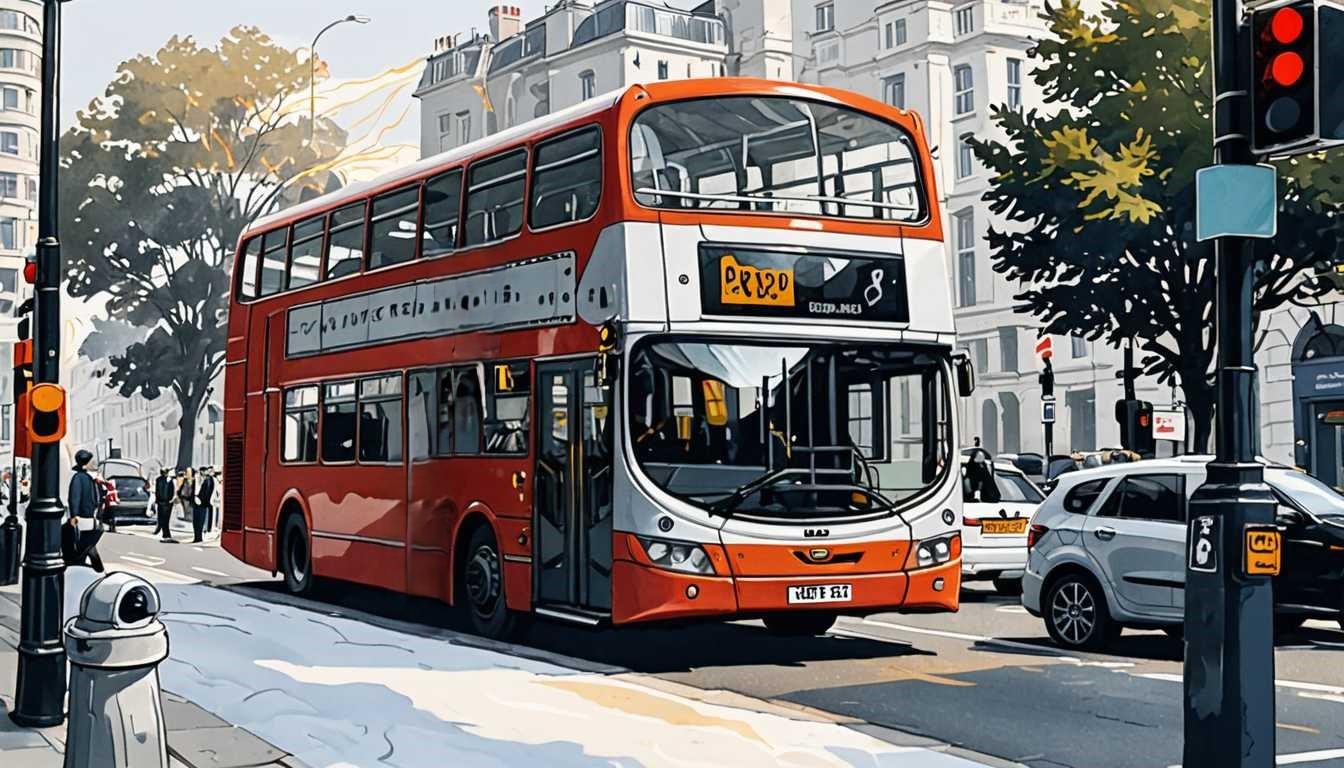Home Fixes Fight Philly's Gun Violence
December 2022
University of Pennsylvania
Introduction
Dive into how Philly's facelift on abandoned houses is making streets safer! Researchers from the University of Pennsylvania and Columbia University discovered that sprucing up dilapidated homes with new doors, windows, and a bit of gardening magic led to a noticeable dip in nearby gun violence. This study, shining a light on the power of simple structural tweaks, offers a fresh angle on tackling gun violence, proving that sometimes, the solution is right in front of our boarded-up windows. Ready to see how a little home improvement can change a community?
READ FULL ARTICLEWhy It Matters
Discover how this topic shapes your world and future
Building a Safer World, One House at a Time
Imagine walking down a street where every house is bright, welcoming, and full of life. Now, picture the opposite: a street with houses that are neglected, windows boarded up, and gardens overrun with weeds. It's not just about looks; these abandoned houses can become hotspots for illegal activities, including gun violence. A recent study has shown that fixing up these houses in Philadelphia led to a significant drop in nearby gun violence. This matters because it highlights a simple yet powerful way to make neighborhoods safer and healthier, especially in areas affected by structural racism and disinvestment. By understanding and addressing the root causes of gun violence, we can create positive changes that ripple through communities, making them places where everyone can thrive. This topic could relate to you by inspiring thoughts on how environmental changes can lead to significant social impacts, encouraging you to think about the spaces around you and their effects on community well-being.
Speak like a Scholar
Structural racism
A system in which public policies, institutional practices, cultural representations, and other norms work in various, often reinforcing ways to perpetuate racial group inequity.
Disinvestment
The withdrawal of investments, resources, or support from particular areas or types of investments, often leading to the decline of a neighborhood or sector.
Intervention
Actions taken to improve a situation, especially in terms of health or social conditions.
Randomized controlled trial (RCT)
A study design that randomly assigns participants into an experimental group or a control group to measure the effect of an intervention.
Place-based interventions
Strategies designed to address issues in a specific location, rather than targeting individuals, by altering the physical or social environment.
Upstream contributors
Factors that are not the direct cause of a problem but contribute to its development over time, often related to social determinants of health.
Independent Research Ideas
Exploring the psychological impact of living near renovated vs. abandoned houses
Investigate how the state of neighboring houses affects residents' mental health and sense of community.
The role of green spaces in reducing urban crime
Examine how the introduction of parks, gardens, and green areas in urban settings influences crime rates and community well-being.
Comparative study of structural racism's effects in different cities
Analyze how structural racism manifests in urban planning and housing across various cities and its impact on communities.
The economics of neighborhood revitalization
Assess the cost-effectiveness of interventions like house repairs and greening projects in improving safety and economic conditions.
Community participation in urban renewal projects
Explore how involving local residents in the planning and execution of urban renewal efforts affects the outcomes of these projects.
Related Articles

Mapping NYC's Pulse: Beyond Streets
June 2023
Massachusetts Institute of Technology (MIT)

Vaping's Social Media Smoke Signals
March 2024
Cornell University

Suburban Rides: More Than Just A to B
February 2023
Phys Org

Cities: Tomorrow's Economic Titans
March 2011
McKinsey & Company

BIDs: Boon or Bane for London?
February 2024
London School of Economics (LSE)